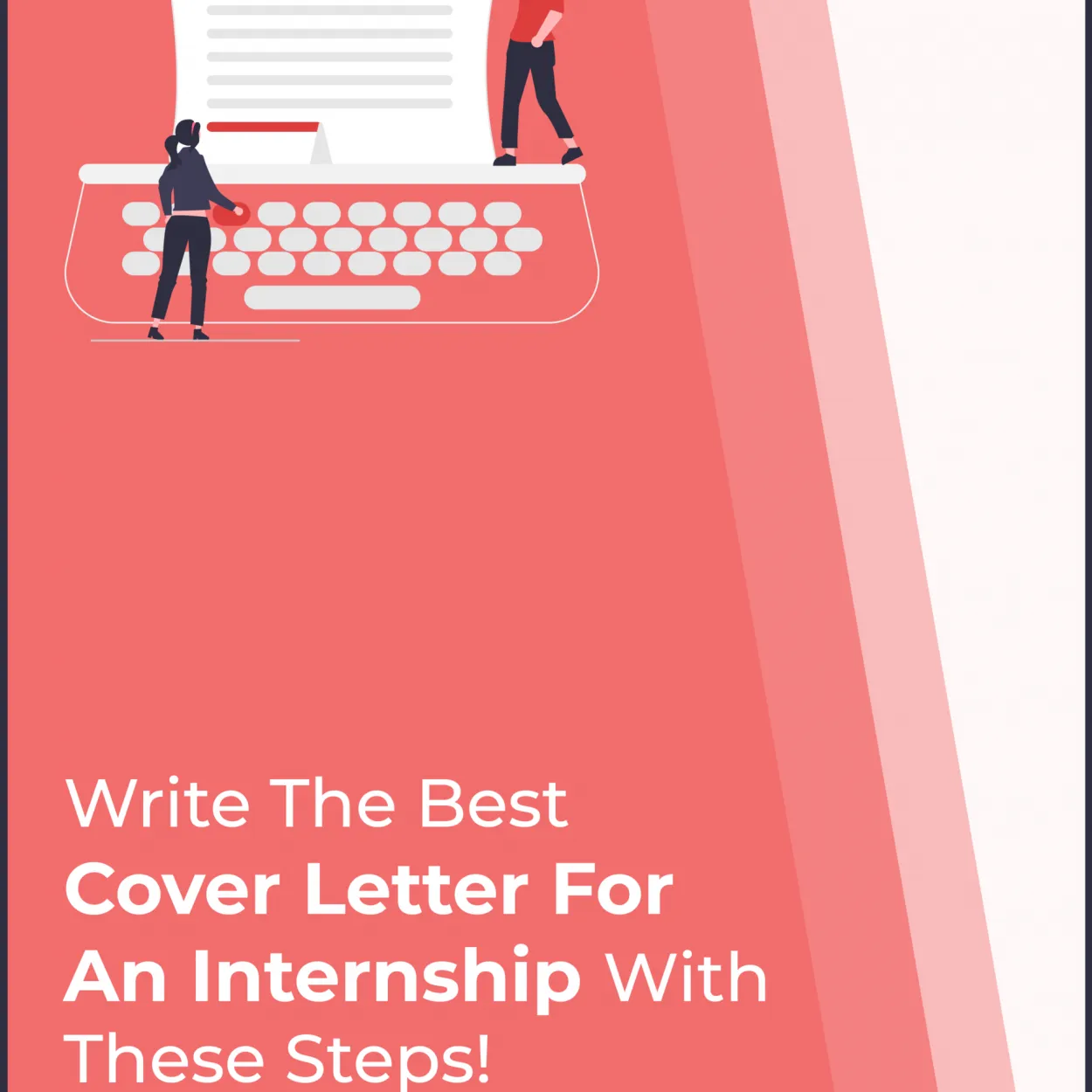The Importance of a Great Internship Cover Letter
In the competitive landscape of internships, a well-crafted cover letter is your first opportunity to make a strong impression. It’s more than just a formality; it’s a chance to showcase your personality, passion, and potential value to the company. A compelling cover letter can significantly increase your chances of landing an interview, while a weak one might lead your application to be overlooked. This guide offers proven tips to help you write an internship cover letter that gets noticed and helps you get an internship.
Why Cover Letters Matter for Internships
Cover letters provide a crucial platform for you to elaborate on your resume. They allow you to explain why you’re interested in a specific internship, how your skills and experiences align with the role, and what you hope to gain from the opportunity. They are your voice, enabling you to communicate your enthusiasm and demonstrate your understanding of the company and the industry. In essence, a cover letter helps the recruiter understand the story behind your resume and makes you more than just a list of qualifications.
Key Components of a Winning Internship Cover Letter
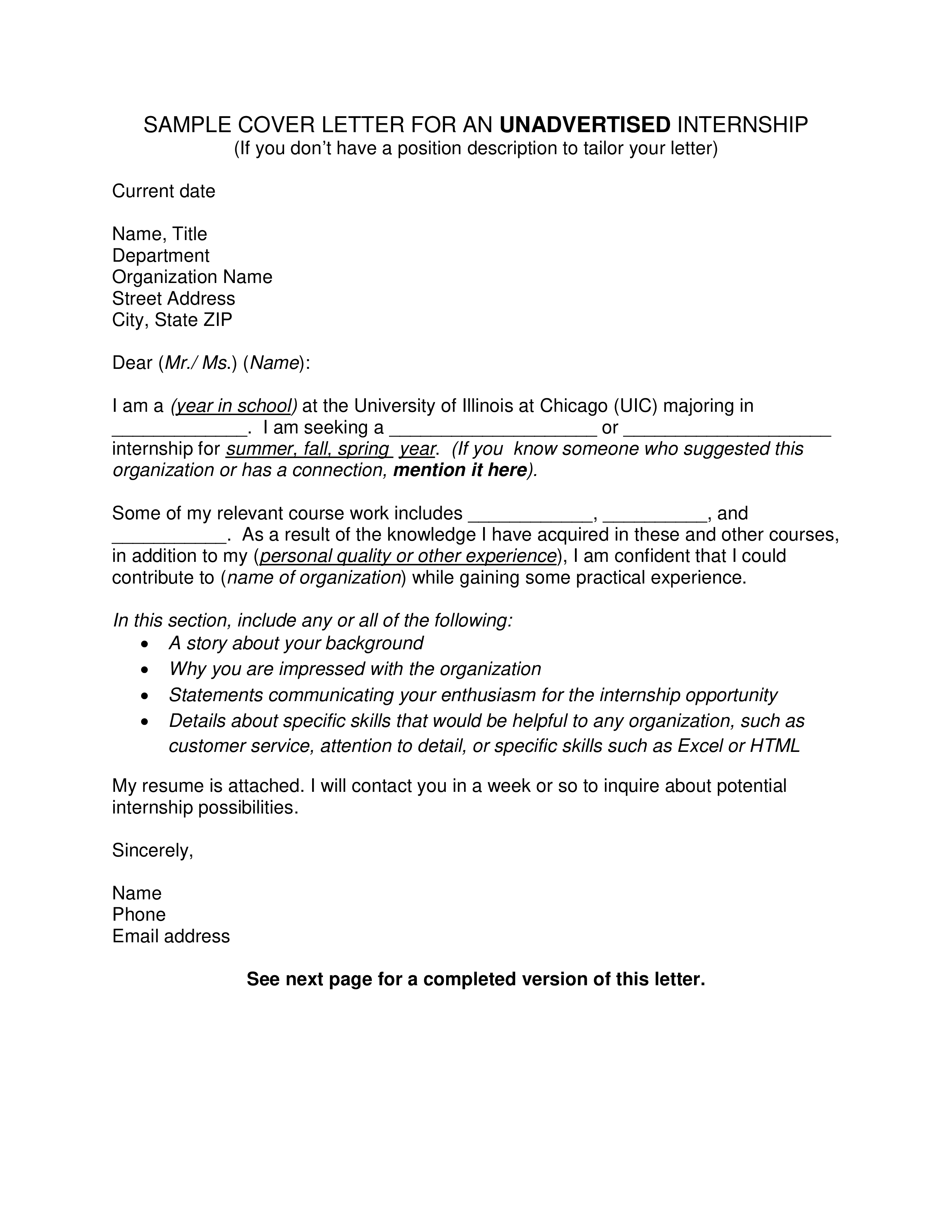
Crafting an effective cover letter involves several key components that work together to create a compelling narrative. Each section serves a specific purpose, from providing essential contact information to highlighting your qualifications and demonstrating your enthusiasm. Paying close attention to each part of the letter will help you stand out from the competition.
Header and Contact Information
The header sets the stage for your cover letter, providing essential information in a clear and professional manner. Ensure this part is error-free and easy to read. Think of this section as your formal introduction to the reader. This will set the tone for the rest of your letter. Ensure professionalism and clarity in your header to leave a good impression.
Your Name and Contact Details
At the top left of your cover letter, include your full name, phone number, email address, and optionally, your LinkedIn profile URL. Make sure your email address sounds professional. For example, use your full name to create an email address instead of nicknames or informal usernames.
The Employer’s Information
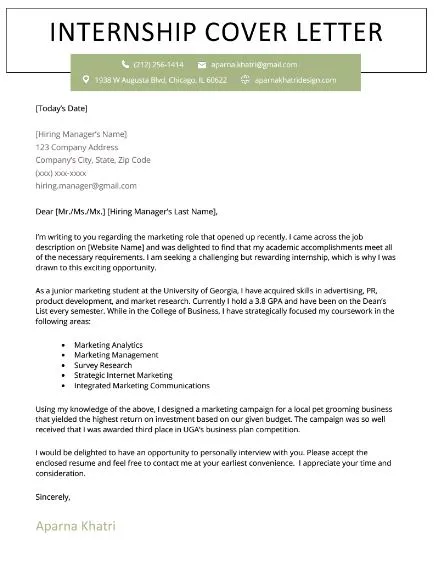
Directly below your contact details, include the employer’s information. This typically includes the name of the hiring manager (if known), their title, the company name, and the company address. Address the letter to the hiring manager or the appropriate contact person. If you don’t know the hiring manager’s name, research on LinkedIn or the company website.
Professional Salutation
Start your cover letter with a professional salutation. The most common and appropriate salutation is “Dear Mr./Ms./Mx. [Last Name],” if you know the hiring manager’s name. If you are unsure of the hiring manager’s name, it is acceptable to use “Dear Hiring Manager” or “Dear [Department Name] Team”. Always use a formal greeting to show respect and professionalism.
Body Paragraph 1 Grab Attention
The first paragraph of your cover letter is crucial for grabbing the reader’s attention. You need to immediately showcase your interest and enthusiasm for the internship. Begin by stating the position you’re applying for and where you found the job posting. Then, briefly mention why you are interested in this specific internship and the company. This sets the tone for the rest of your letter and encourages the recruiter to continue reading.
Highlight Your Interest and Enthusiasm
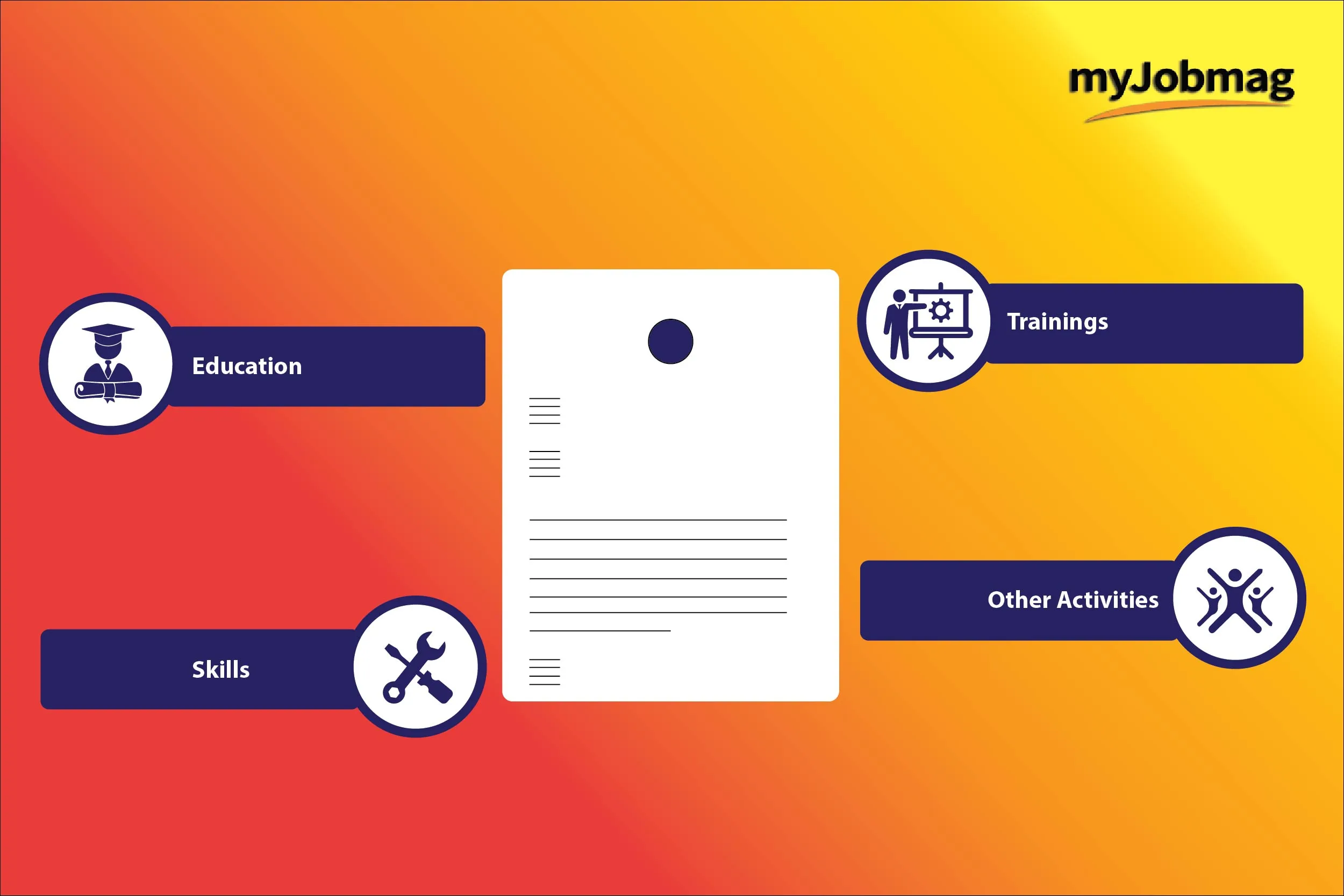
Express your genuine interest in the internship and the company. Explain what excites you about the opportunity, such as the company’s mission, values, or the specific projects you could be involved in. Show that you’ve done your research and understand what the company does. This demonstrates your initiative and dedication to the position.
Showcase Your Skills and Qualifications
In this section, highlight your key skills and qualifications that align with the internship requirements. Focus on skills that are relevant to the role and provide brief examples of how you’ve used these skills in the past. This could include academic projects, extracurricular activities, or previous work experiences. Tailor this section to match the job description as closely as possible.
Body Paragraph 2 Connect Your Skills to the Internship
The second body paragraph should delve deeper into how your skills and experiences are a good fit for the internship. Connect your qualifications to the specific responsibilities and requirements outlined in the job description. Provide specific examples of your achievements and how they relate to the internship’s objectives. This paragraph is where you connect your story to the needs of the employer.
Provide Specific Examples
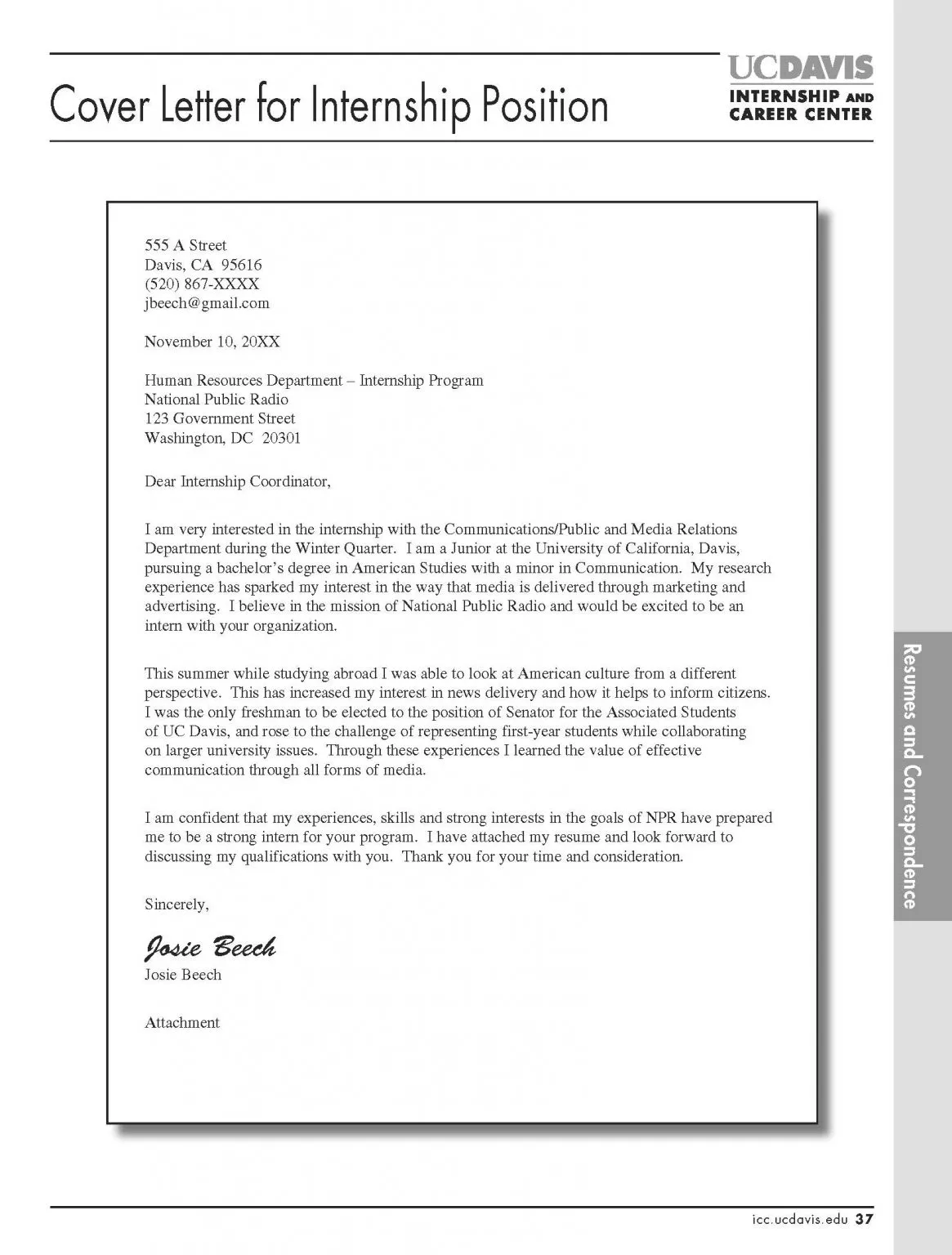
Use the STAR method (Situation, Task, Action, Result) to provide specific examples of your skills in action. Describe a situation where you used a specific skill, the task you were assigned, the actions you took, and the positive results you achieved. This helps the hiring manager visualize your abilities and understand the value you can bring to the team.
Quantify Your Achievements
Whenever possible, quantify your achievements with numbers and data. For example, instead of saying “I improved customer service,” say “I improved customer satisfaction scores by 15% by implementing a new training program.” Quantifying your achievements adds credibility to your claims and demonstrates your impact. (Image: quantify-achievements.webp)
Body Paragraph 3 Express Your Value Proposition
The final body paragraph is your chance to summarize why you are a good fit for the internship and express your value proposition. It’s about demonstrating how your skills, experiences, and enthusiasm align with the company’s goals and the internship’s objectives. Here is where you make it clear why they should choose you.
Explain Why You are a Good Fit
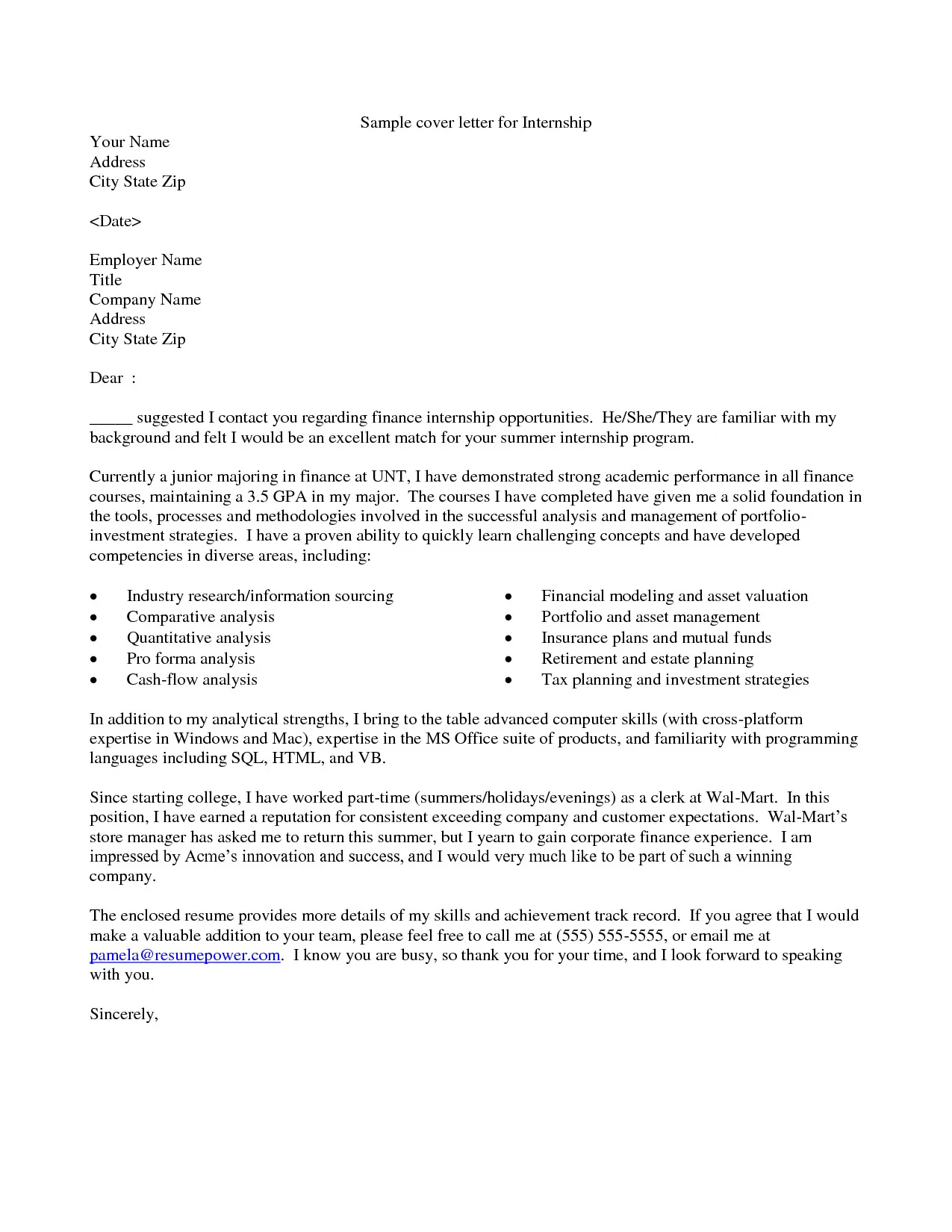
Reiterate your interest in the internship and explain why you are a good fit for the role. Highlight the specific aspects of the internship that appeal to you and how they align with your career goals. Show that you understand the role and how you can contribute to the company’s success.
Summarize Your Key Strengths
Summarize your key strengths and qualifications in a concise and impactful way. Remind the hiring manager of your most relevant skills and experiences. Reiterate your enthusiasm for the opportunity and your confidence in your ability to succeed. Show that you are the ideal candidate for the internship. (Image: value-proposition.webp)
Closing Your Internship Cover Letter
The closing of your cover letter should be professional and leave a lasting positive impression. It’s your last opportunity to reinforce your enthusiasm and express your interest in moving forward in the application process. The closing should be concise and leave a positive final impression.
Formal Closing and Signature
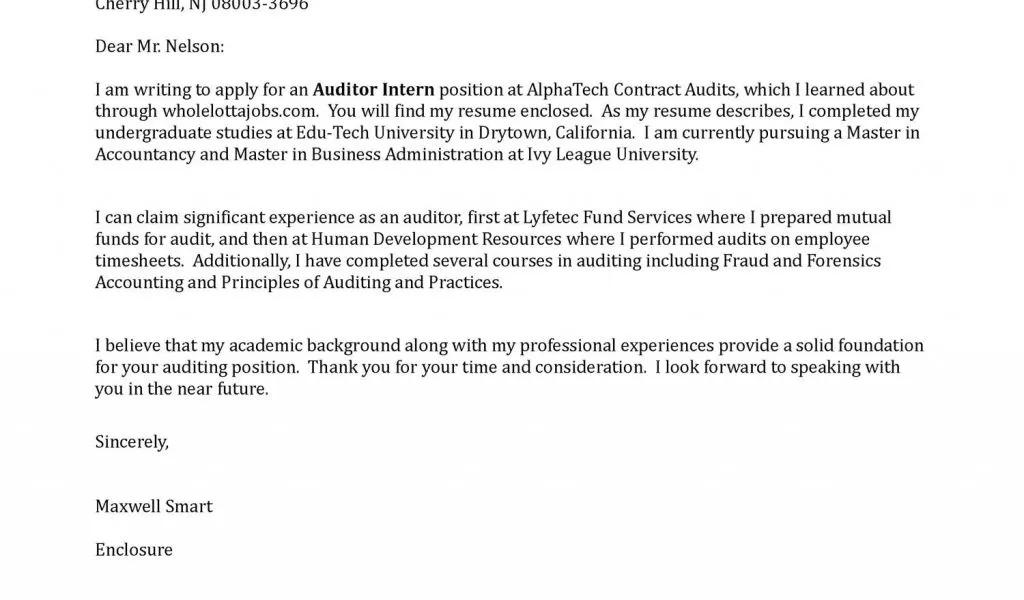
Use a formal closing such as “Sincerely,” “Best regards,” or “Yours sincerely” before your typed name. If you are submitting a physical copy of your cover letter, leave space for your signature above your typed name. This adds a personal touch and reinforces your professionalism. (Image: closing-cover-letter.webp)
Call to Action
End your cover letter with a call to action. Express your eagerness to discuss your qualifications further and thank the hiring manager for their time and consideration. You can state that you are available for an interview at their earliest convenience and look forward to hearing from them soon. This proactive approach demonstrates your enthusiasm and initiative.
Proofreading and Editing
Before submitting your cover letter, it’s crucial to proofread and edit it meticulously. Ensure that your letter is free from errors in grammar, spelling, and punctuation. Errors can undermine your credibility and make a negative impression. Thorough proofreading demonstrates your attention to detail and professionalism.
Check for Grammar and Spelling
Carefully check your cover letter for any grammatical errors and spelling mistakes. Use spell-check and grammar-check tools, but also read through the letter manually to catch any errors the tools may miss. Errors can detract from your message and make you appear careless or unprofessional. Ensure that your writing is clear, concise, and error-free. (Image: proofreading-editing.webp)
Formatting and Readability
Pay attention to the formatting and readability of your cover letter. Use a professional font, such as Times New Roman, Arial, or Calibri, and ensure that the font size is easy to read. Use clear headings and subheadings to break up the text and make the letter easier to scan. Use appropriate spacing and alignment to maintain a clean and organized appearance. A well-formatted cover letter shows that you are organized and detail-oriented.
